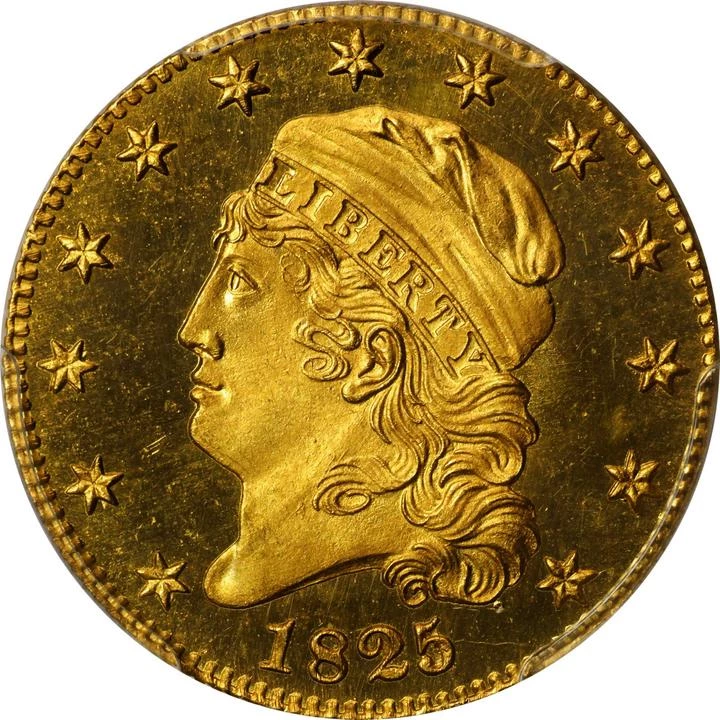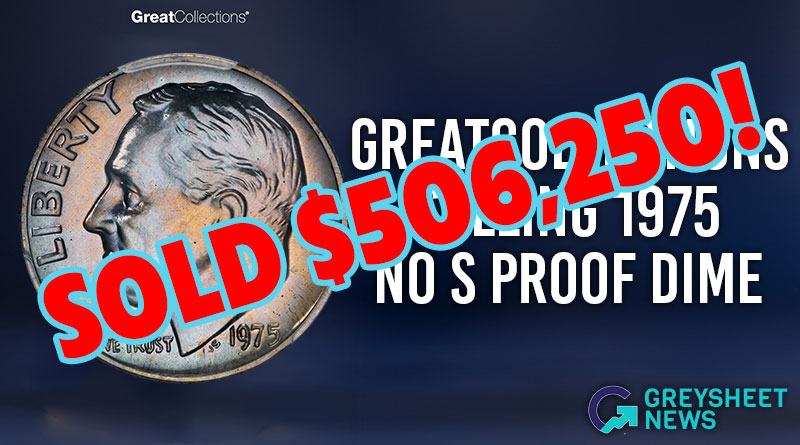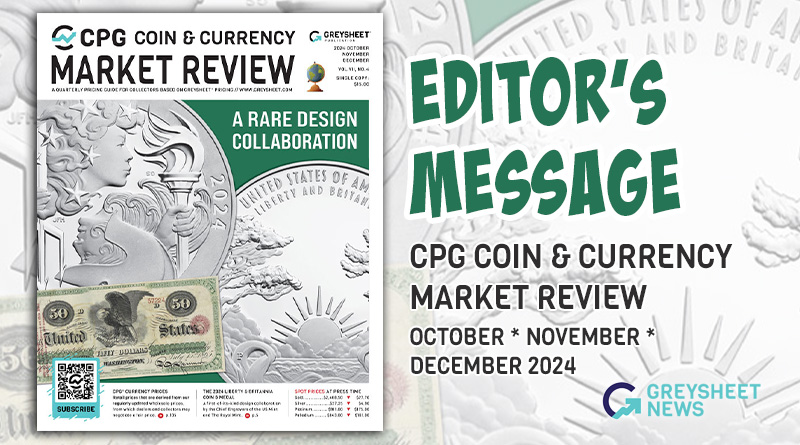Greysheet & CPG® PRICE GUIDE
- U.S. Coins /
-
Pre-1933 Gold Coinage Values
About Pre-1933 Gold Coinage
Gold served as money or established the monetary value of currencies longer than any other material. The use of gold coins was widespread in Europe by 300 B.C. In what became the United States, the earliest coins circulated were foreign, mostly silver and gold, brought from Europe, as well as made in Spanish possessions in the New World. The Coinage Act in 1792 established an independent monetary system with the dollar as the basic U.S. monetary unit containing 24-3/4 grains of fine gold, based on the world price of $19.39 a troy ounce (480 grains). Congress changed the gold specification in 1834 and again in 1837, when it set the dollar price of gold at $20.67 an ounce. In 1933, U.S. citizens were prohibited from hoarding monetary gold in the United States; this was extended in 1961 to gold held abroad as well. The dollar price was set at $35 per ounce in 1934. Use of gold in international trade was further restricted as the price rose. The government revalued it at $38 per ounce in 1972, then $42.22 in 1973. The price has fluctuated widely in recent years. All restrictions on holding gold were removed on December 31, 1974.
Related Stories (powered by Greysheet News)
View all newsLegal Disclaimer
The prices listed in our database are intended to be used as an indication only. Users are strongly encouraged to seek multiple sources of pricing before making a final determination of value. CDN Publishing is not responsible for typographical or database-related errors. Your use of this site indicates full acceptance of these terms.










































 Loading more ...
Loading more ...







